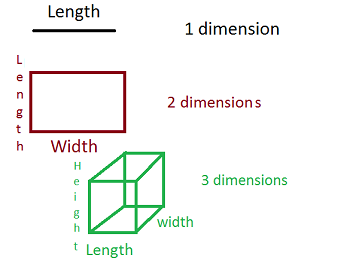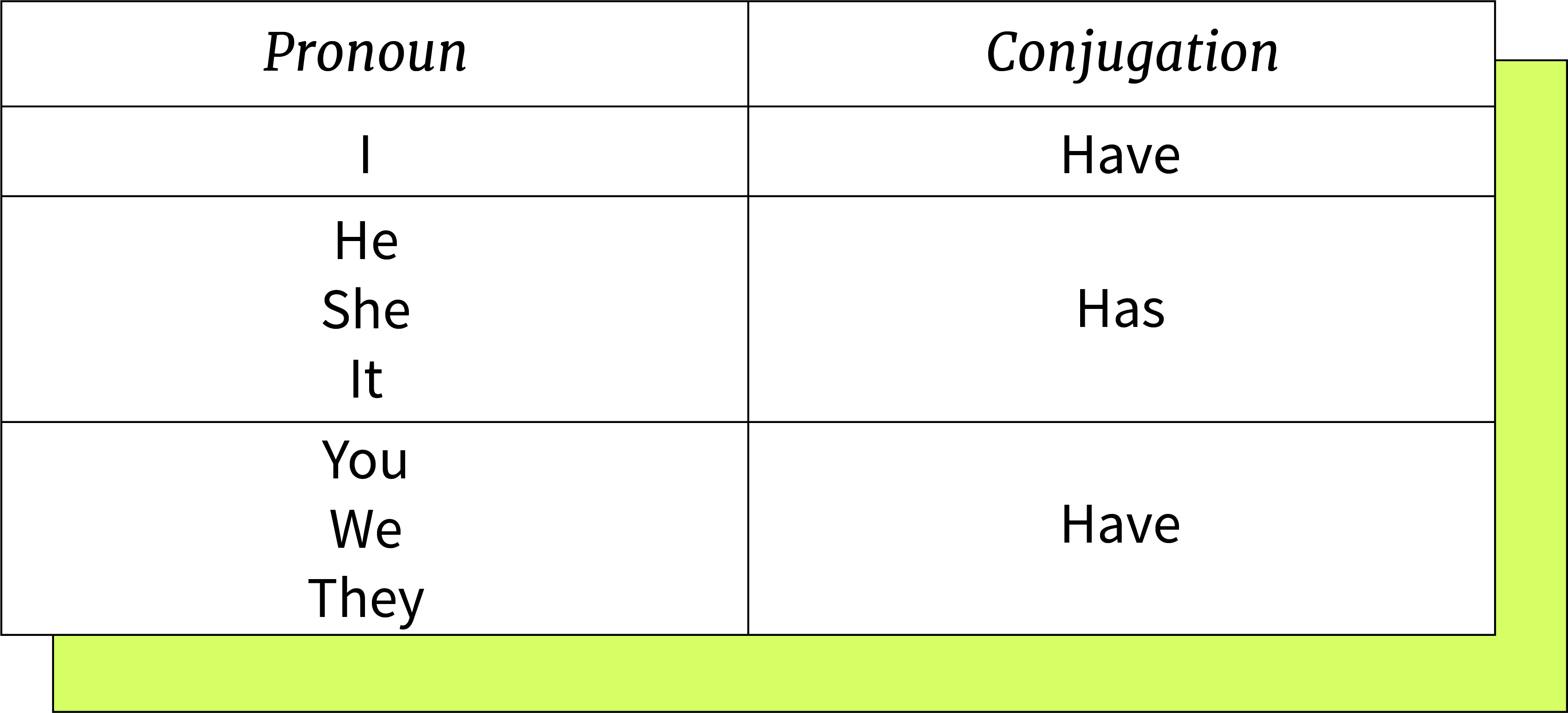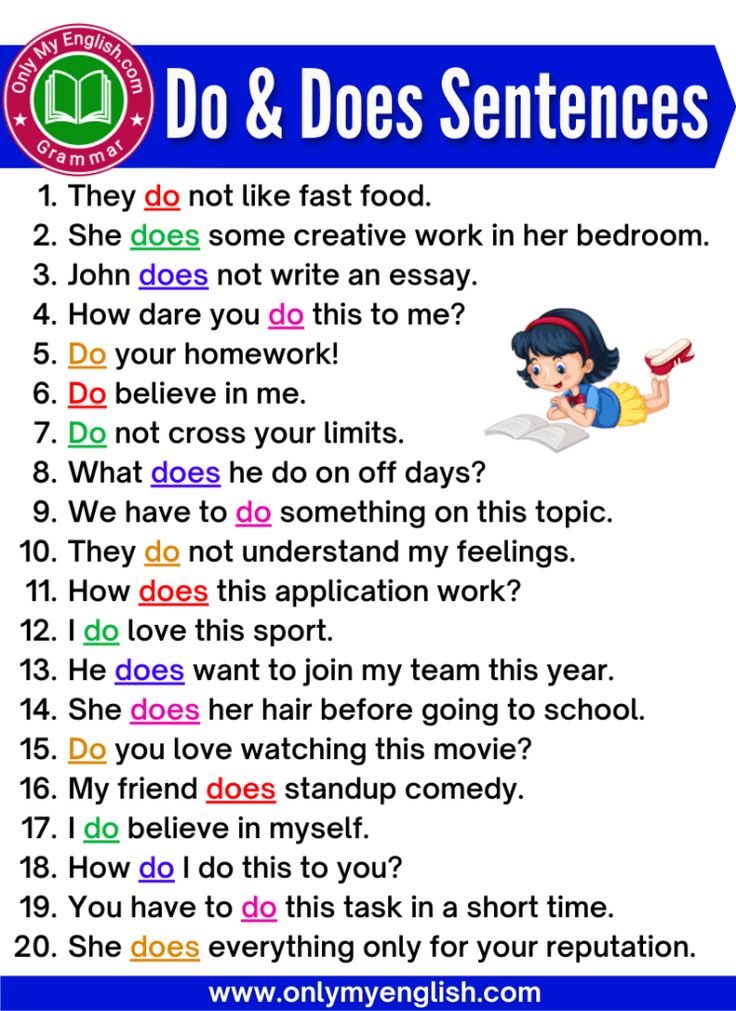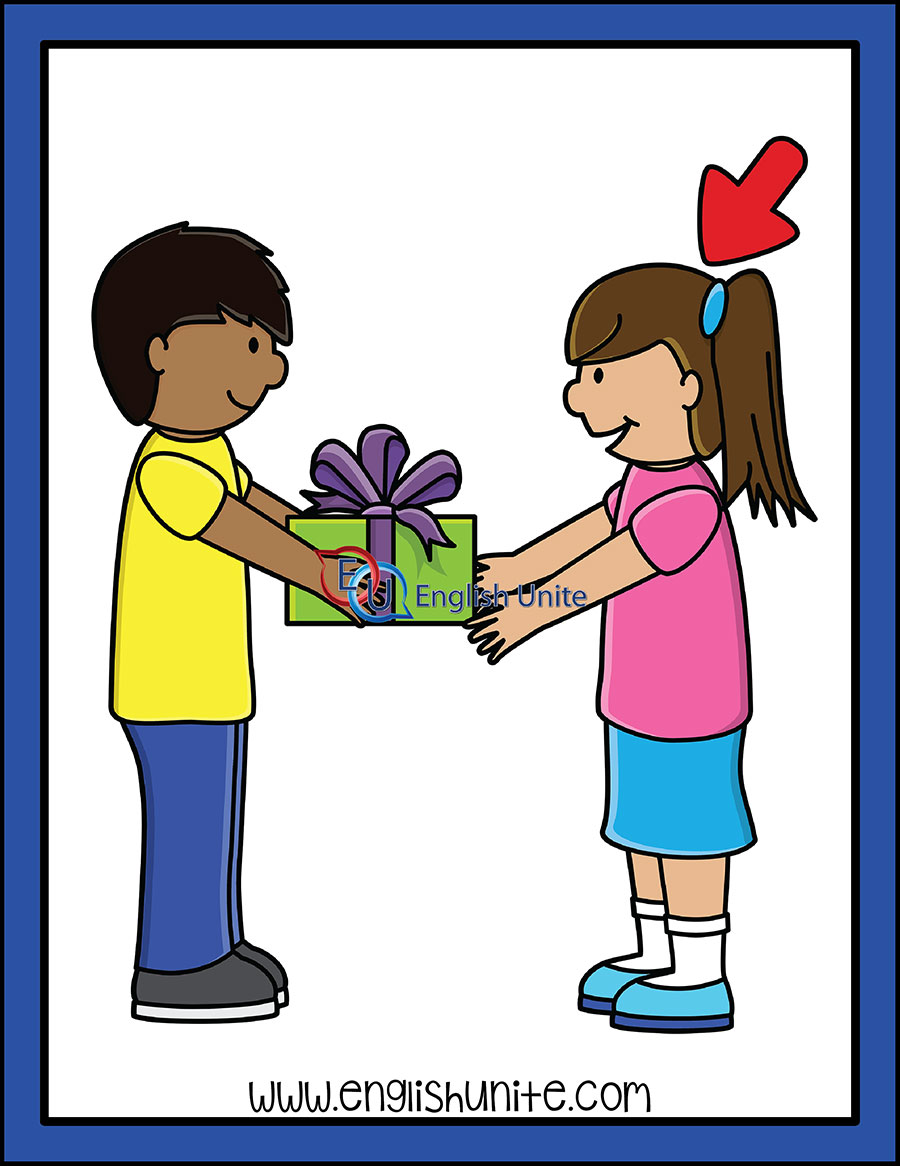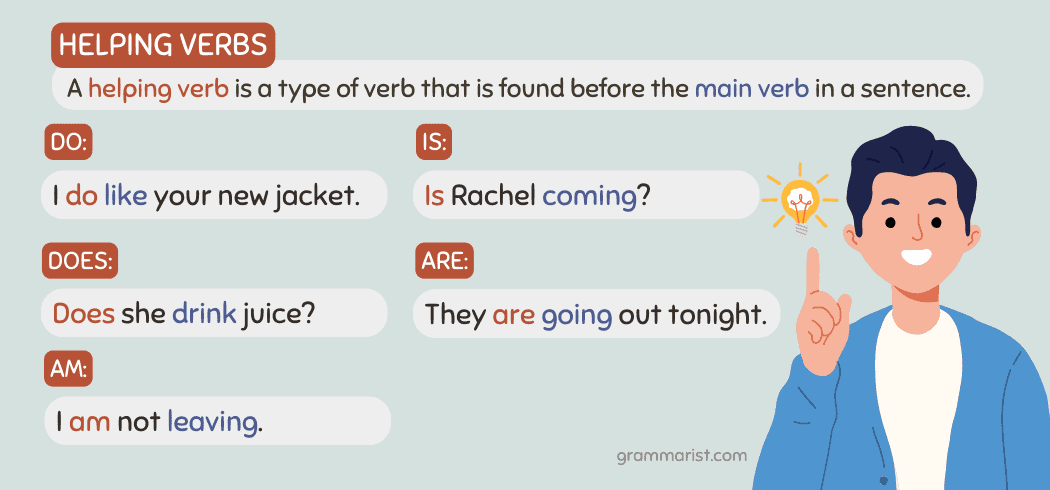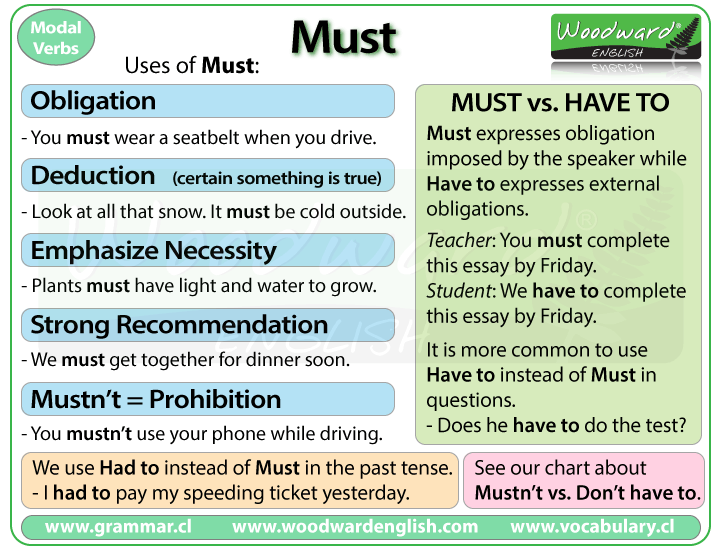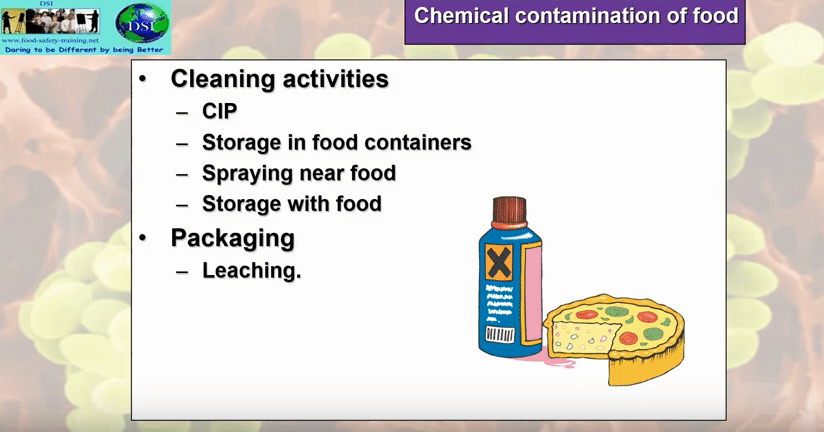Essential Information for Building Effective Marketing Personas
Introduction: Why Personas Matter in Marketing
Marketing personas are the cornerstone of effective, targeted campaigns. They enable teams to humanize audience segments, create relevant messaging, and drive higher conversion rates by focusing efforts on the real needs and behaviors of potential customers. Yet, the true power of a persona lies in the quality and depth of information it contains. This article explores the specific kinds of information your marketing team should include in a persona, practical ways to gather this data, and actionable steps for leveraging personas to improve both lead generation and sales outcomes.

Source: nl.pinterest.com
Core Elements to Include in a Marketing Persona
While the structure of a persona can vary by industry and organization, there are universally recognized data points that make up an effective, actionable profile. Below, each essential element is expanded with implementation guidance and examples:
1. Demographic Information
Demographics provide a factual foundation, helping teams visualize the basic identity of the persona. Common demographic fields include age, gender, income, education level, occupation, and location. For example, a SaaS company might define a persona as a “35-year-old IT manager in an urban metro area with a bachelor’s degree and a household income of $90,000.” This information is typically sourced from customer databases, surveys, or public research. Collecting accurate demographic data may require anonymized forms or third-party analytics platforms. Ensuring data privacy compliance is vital-always consult internal legal resources about data handling best practices. [1] [3]
2. Psychographic Data
Psychographics go beyond the “who” to the “why”-exploring attitudes, values, interests, personality traits, and lifestyle choices. For instance, a fitness brand might note that their target persona values wellness, prefers group activities, and spends weekends outdoors. Psychographic insights are often gathered through customer interviews, social listening, behavioral studies, and market trend analysis. These details reveal motivations, preferences, and buying triggers, enabling teams to create messaging that resonates on a deeper emotional level. [1]
3. Behavioral Traits and Buying Patterns
Understanding how personas behave-both online and offline-can help marketers predict needs and tailor outreach. This includes purchasing frequency, preferred research channels, content consumption habits, and decision-making processes. For example, a B2B persona might “research solutions via LinkedIn, downloads whitepapers monthly, and prefers webinars over blog posts.” Behavior data can be tracked through CRM systems, website analytics, and direct feedback loops. Teams should regularly review this information, as user behaviors can shift quickly with technology and market trends. [2]
4. Goals and Motivations
Clearly articulating what your persona wants to achieve is critical for positioning your product or service as the solution. Goals might include advancing a career, saving time, or improving team productivity. Motivations often underpin these goals-for example, a desire for recognition, cost savings, or greater efficiency. To uncover these drivers, conduct in-depth interviews with current clients or analyze responses from open-ended survey questions. Documenting goals and motivations ensures your campaigns address the “what’s in it for me?” factor that drives engagement and action. [3]
5. Pain Points and Challenges
Pain points are the obstacles or frustrations that keep your persona from achieving their goals. These could be workflow inefficiencies, budget constraints, lack of expertise, or technology gaps. For instance, a persona might struggle with “managing multiple software platforms without integration.” Identifying pain points allows you to craft content and offers that directly address these issues. Teams can surface pain points by reviewing customer support tickets, sales call transcripts, and online reviews. [5]
6. Media and Content Preferences
Knowing where and how your persona consumes information is vital for content distribution. This includes preferred channels (social media, email, blogs, webinars), device usage (mobile vs. desktop), and content types (videos, case studies, infographics). For example, a “Social Media Sara” persona might spend hours on TikTok and listen to podcasts during her commute. To gather this data, monitor social media engagement metrics, email open rates, and user feedback surveys. This information helps optimize your media mix and ensures your message reaches the right audience at the right time. [4]
7. Customer Journey Insights
Mapping out where personas are in their decision process-awareness, consideration, or decision-enables the creation of targeted content for each stage. For instance, awareness-stage personas may need educational blog posts, while decision-stage personas benefit from case studies or product demos. Teams can build journey maps by analyzing lead nurturing performance, sales funnel metrics, and customer surveys. Segmenting personas by journey stage helps allocate resources efficiently and maximizes conversion potential. [3]

Source: brandandbutter.com
8. Brand Perceptions and Objections
Understanding how your persona views your brand-and what objections might prevent them from purchasing-is crucial for overcoming barriers. Common perceptions could include “too expensive,” “not user-friendly,” or “industry leader.” Objections may revolve around pricing, implementation complexity, or lack of trust. To gather insights, review competitor analysis, collect post-loss sales feedback, or conduct anonymous surveys. Addressing objections directly in your messaging can reduce friction and help move prospects further down the funnel.
9. Key Decision-Makers and Influencers
In B2B and complex sales, the buying process often involves multiple stakeholders. Your persona should clarify who the primary decision-makers are, as well as influencers and gatekeepers. For example, “IT Director is the decision-maker; Operations Manager and Procurement influence the process.” Mapping relationships within the buying center ensures your content reaches and persuades the right individuals. This information is best sourced from win/loss analysis and account-based marketing (ABM) research. [1]
Practical Steps to Build and Apply Personas
Creating robust personas requires a structured, evidence-based process. Here are practical steps your marketing team can follow:
- Gather Data: Use a combination of first-party sources (CRM, support tickets, interviews) and third-party research (industry reports, public studies). Always ensure compliance with data privacy standards.
- Identify Patterns: Look for recurring themes in demographics, behaviors, and motivations. Group similar attributes together to form distinct persona clusters.
- Develop Profiles: Assign names and faces to your personas for easier storytelling. Document all relevant details in a standardized template.
- Validate with Stakeholders: Share draft personas with sales, product, and customer experience teams. Incorporate their feedback to ensure accuracy and relevance.
- Apply in Campaigns: Use personas to guide content creation, ad targeting, product positioning, and lead nurturing workflows. Each campaign element should map to at least one persona attribute.
- Iterate Regularly: Personas are living documents. Revisit and update profiles as you gather more data or as market conditions evolve.
Examples and Alternative Approaches
For a B2C retail brand, a persona might be “Eco-conscious Emma,” a 28-year-old urban professional who values sustainability and shops primarily online. Her pain points include lack of eco-friendly product options and skepticism about greenwashing. Her preferred channels are Instagram and eco-focused blogs. In contrast, a B2B persona for an HR software provider might be “Operations Olivia,” a 45-year-old HR Director at a mid-sized company, motivated by efficiency and employee satisfaction, reading LinkedIn articles and attending industry webinars.
Alternative approaches include using AI-driven segmentation tools, conducting ethnographic studies, or leveraging customer advisory boards for direct feedback. While traditional personas rely on qualitative interviews, digital-first organizations may prioritize real-time behavioral analytics to keep personas current and actionable.
Challenges and Solutions
Common challenges include lack of data, stakeholder misalignment, or personas becoming outdated. Solutions involve cross-functional workshops, investing in analytics platforms, and scheduling regular persona reviews. Teams may also struggle with “persona overload”-creating too many profiles, which dilutes focus. Experts recommend limiting to 3-5 core personas and iterating as needed to maintain campaign clarity and effectiveness. [5]
How to Access and Implement Persona Data
To access demographic and psychographic data, marketing teams can:
- Conduct surveys using established platforms such as SurveyMonkey or Google Forms.
- Interview current customers to gain qualitative insights.
- Analyze web analytics and CRM data for behavioral trends.
- Review industry market research reports for external benchmarks.
When specific resources or tools are needed, it is best to visit the official websites of leading survey tools, analytics providers, or industry associations. If you are seeking government resources on consumer demographics, consider visiting the official website of the U.S. Census Bureau or searching for “consumer insights” through established research firms. For step-by-step guidance, your team can:
- Define key questions you want your personas to answer (e.g., pain points, media habits).
- Assign research responsibilities across marketing, sales, and customer success teams.
- Consolidate findings into a standardized persona template.
- Share and refine personas in cross-departmental workshops.
Conclusion: Making Personas Work for Your Marketing Team
Effective personas require more than surface-level details-they demand a balanced combination of demographic, psychographic, behavioral, and motivational data, all continually refreshed and validated. By investing in research, collaboration, and regular updates, your marketing team can build personas that not only guide campaigns but also drive measurable business results. Remember: the value of a persona lies not just in the information it contains, but in how your team uses that information to create genuine, resonant connections with your target audience.
References
- [1] Audiense (2023). What is a marketing persona & how do you create one?
- [2] Dialog Insight (2023). What Is a Persona in Marketing: A Complete Guide.
- [3] Amazon Ads (2025). What is a Buyer Persona? How to Create One Step by Step.
- [4] HubSpot Blog (2022). What is a Persona?: Everything You Need to Know.
- [5] Product Marketing Alliance (2024). What is a persona in marketing? Buyer & user personas explained.
MORE FROM eboxgo.com

